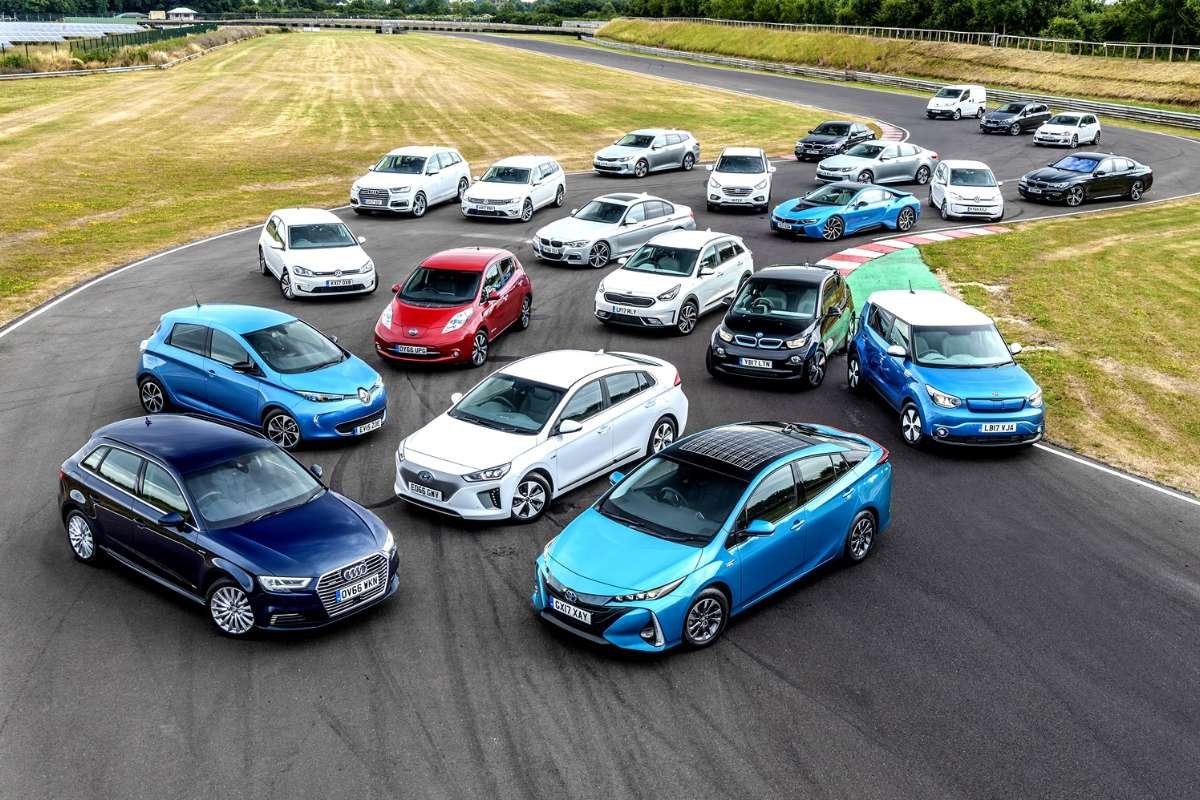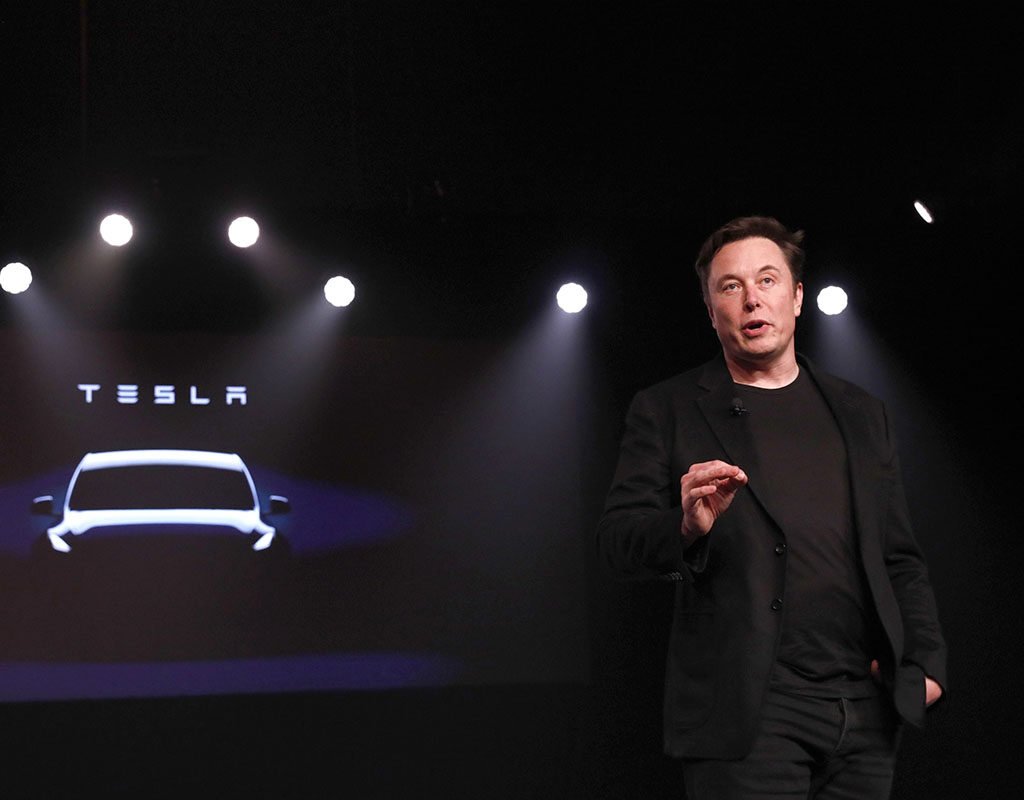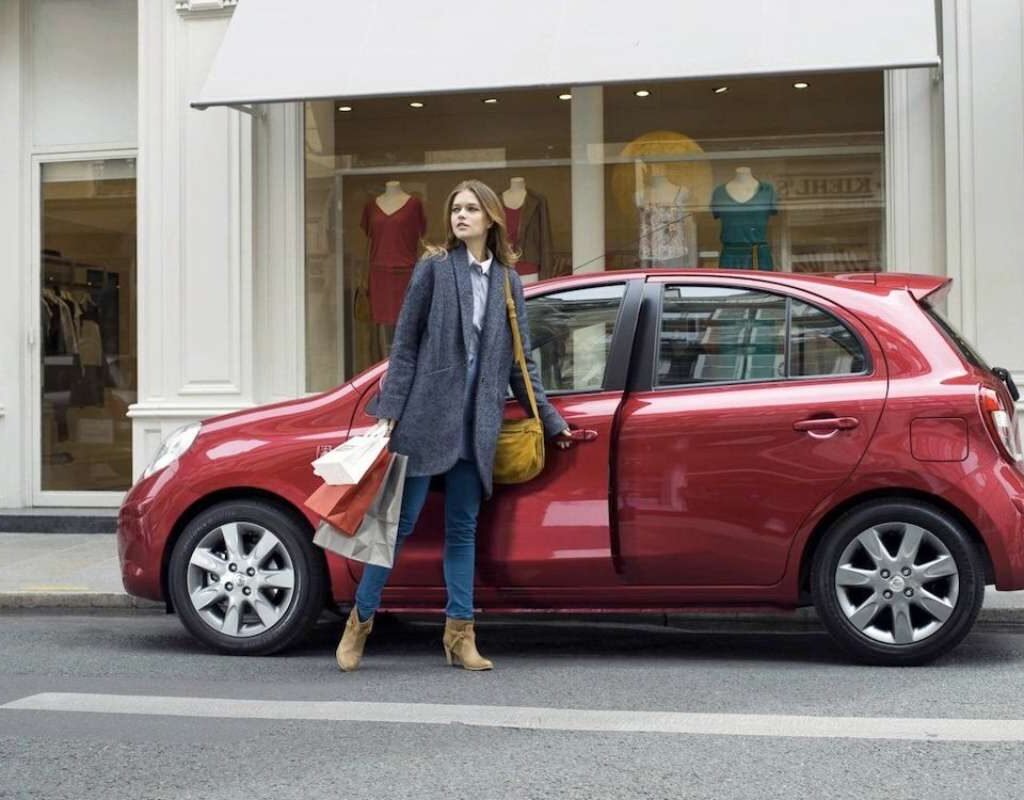Cars have become so ingrained in our everyday lives that it is difficult to envision a world without them. The automobile has come a long way since the steam engine of the 1700s, to the electric vehicle brought forth in the 21st century. Examining the history of cars illustrates how far technology has progressed over time. It tracks how the values of society, economy, and day-to-day activities can be completely altered by a single invention.
Early Beginnings: The Birth of the Automobile
The roots of the automobile stretch back to the late 1700s. In 1769, French inventor Nicolas-Joseph Cugnot built the first full-scale, self-propelled mechanical vehicle powered by a steam engine. Although it was clunky, slow, and prone to breakdowns, it marked the beginning of an idea that would change the world.
By the early 19th century, inventors across Europe experimented with steam-powered road vehicles. However, these early machines faced challenges like poor road infrastructure, limited fuel efficiency, and a lack of safety. Despite their limitations, they laid the groundwork for future innovations that would eventually give rise to the modern automobile.
The Gasoline Revolution
The turning point came in the late 19th century with the invention of the internal combustion engine. In 1885, Karl Benz introduced the Benz Patent-Motorwagen, widely regarded as the first true automobile. Unlike steam cars, Benz’s invention ran on gasoline and was compact enough for personal use.
Shortly after, Gottlieb Daimler and Wilhelm Maybach developed a more advanced engine, sparking rapid competition in Europe. By the 1890s, several companies in Germany, France, and later the United States were producing gasoline-powered cars. These vehicles were still luxury items, available only to the wealthy elite, but they set the stage for mass adoption.
Henry Ford and Mass Production
If Karl Benz invented the car, Henry Ford made it accessible to the world. In 1908, Ford introduced the Model T, a simple, affordable, and durable automobile that revolutionized transportation. More importantly, Ford pioneered assembly line production in 1913, cutting manufacturing costs and drastically reducing the price of cars.
This innovation meant that middle-class families could finally afford an automobile. Roads, highways, and fueling stations began to expand across America and later Europe, fueling urbanization and mobility like never before. The Model T wasn’t just a car—it was a symbol of freedom, progress, and modern life.
Cars in the 20th Century
The 20th century witnessed a remarkable evolution in design, performance, and safety. The 1920s and 1930s saw the rise of stylish vehicles with sleeker designs and improved comfort. Luxury brands like Rolls-Royce and Cadillac emerged as status symbols, while companies like General Motors and Chrysler catered to the masses.
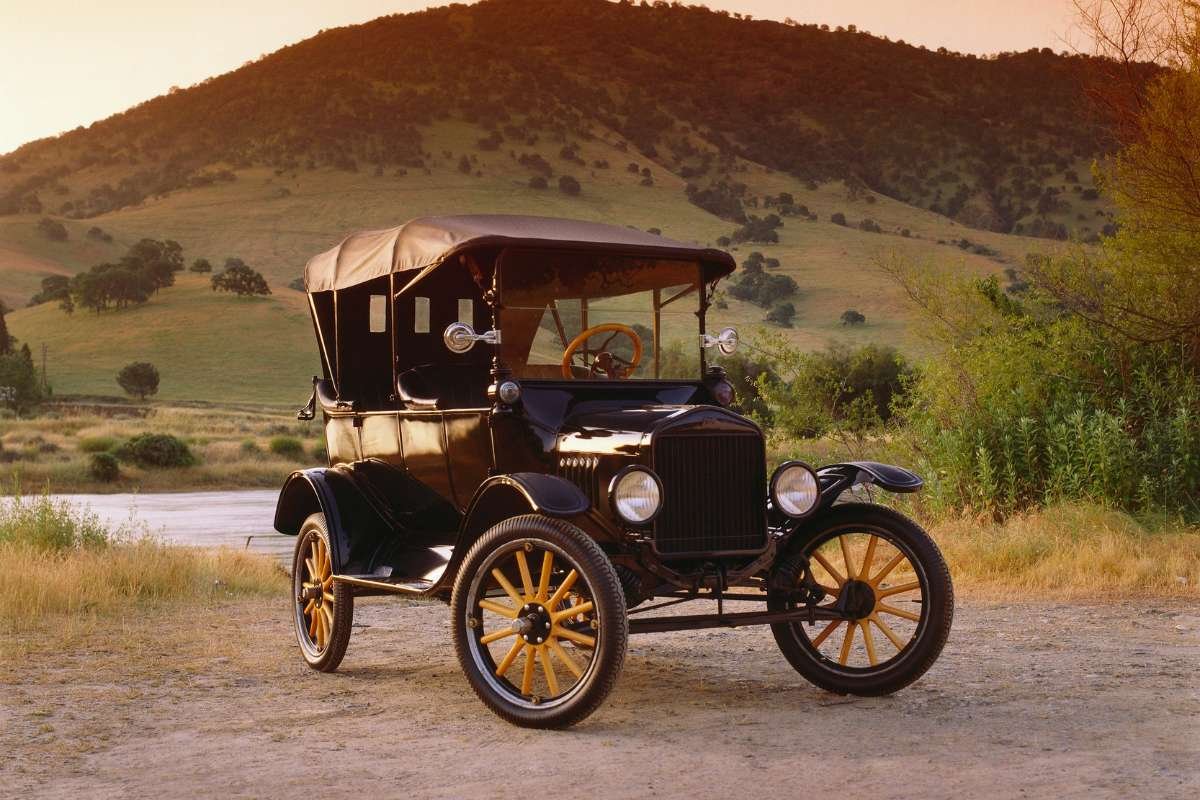
During World War II, automobile production shifted to military vehicles, but post-war demand exploded. The 1950s and 1960s became known as the golden age of cars. Muscle cars like the Ford Mustang, Chevrolet Camaro, and Dodge Charger became cultural icons, especially in the United States. Meanwhile, European manufacturers such as Ferrari, Porsche, and Mercedes-Benz focused on engineering excellence and racing performance.
By the 1970s, concerns over fuel shortages and environmental impact led to smaller, more fuel-efficient cars. Japanese manufacturers like Toyota and Honda entered the global market, offering reliable, affordable models that challenged American and European dominance.
Technological Innovations
From the late 20th century onward, cars became more than just machines for transportation—they turned into hubs of innovation. Safety features like seat belts, airbags, and anti-lock braking systems became standard. Computerized systems improved performance, fuel efficiency, and diagnostics.
In the 1990s, hybrid cars such as the Toyota Prius introduced a new era of eco-conscious driving. By the 21st century, electric vehicles (EVs) emerged as the next big revolution. Companies like Tesla redefined what modern cars could be, blending performance, sustainability, and cutting-edge technology.
The Digital Transformation of Automobiles
Today, cars are not just about engines and wheels—they are smart, connected machines. GPS navigation, voice control, advanced driver-assistance systems, and even autonomous driving technology are transforming the driving experience. The rise of artificial intelligence, machine learning, and Internet of Things (IoT) has pushed the automobile industry into uncharted territory.
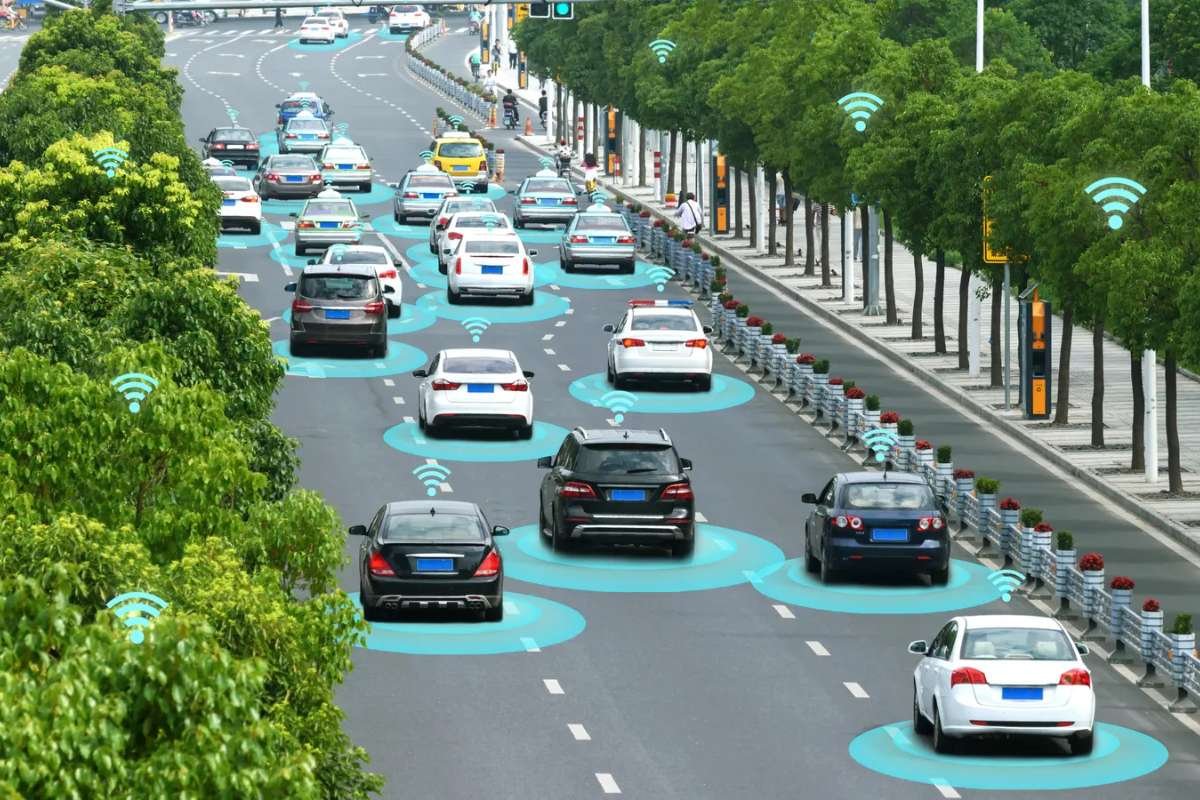
The focus has also shifted toward sustainability. Governments and consumers alike are embracing electric vehicles to reduce carbon emissions. Charging infrastructure is expanding worldwide, making EVs more practical for everyday use.
Cultural and Economic Impact
The automobile is more than just a machine—it has reshaped economies and cultures. Cities expanded outward with the growth of suburbs, thanks to cars making long commutes possible. Road trips became a part of modern culture, symbolizing adventure and freedom. Industries such as oil, steel, rubber, and tourism flourished due to car ownership.
However, cars also brought challenges: traffic congestion, air pollution, and accidents. These issues remain critical concerns, pushing engineers and policymakers to rethink urban planning and sustainable mobility.
The Future of Cars
Looking ahead, the future of automobiles promises even more transformation. Autonomous vehicles are no longer science fiction; companies are testing self-driving technology across the globe. Electric and hydrogen-powered cars are expected to dominate markets as governments enforce stricter emissions regulations.
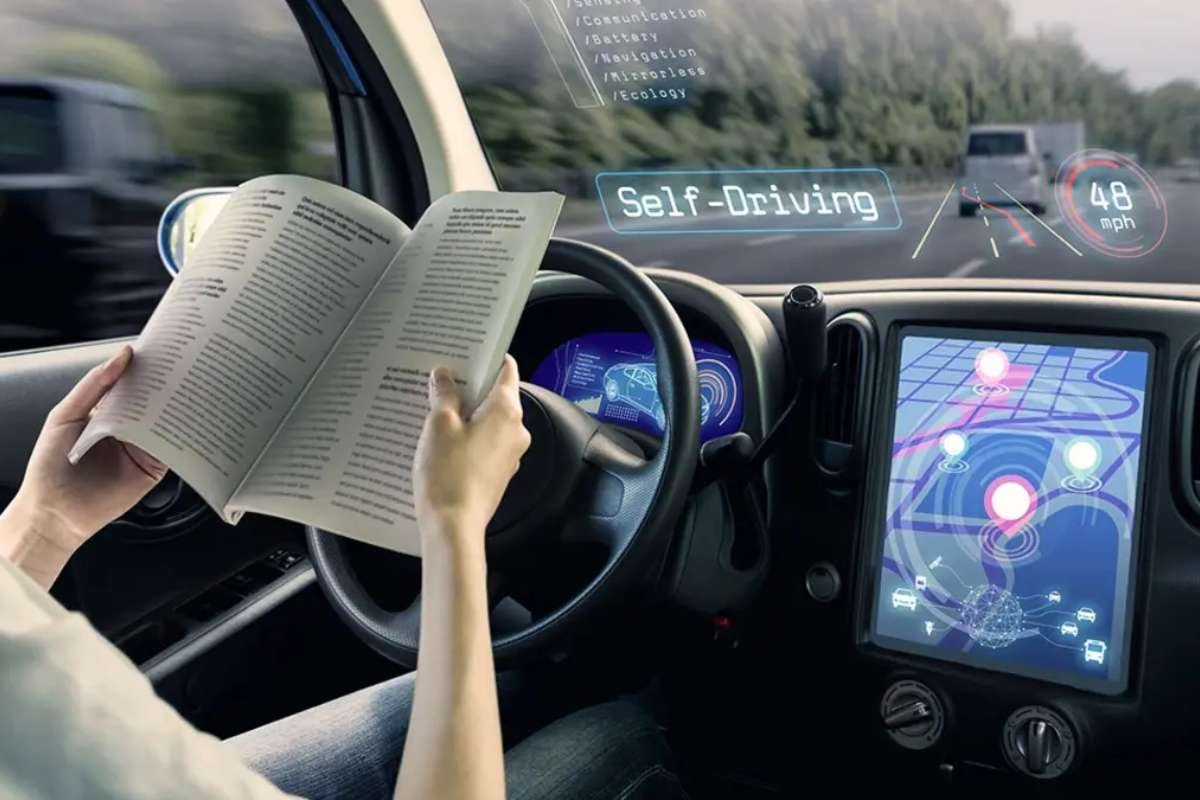
Moreover, shared mobility models—such as ride-hailing, car-sharing, and subscription services—are redefining ownership. Instead of seeing cars merely as possessions, people may treat them as services tailored to their lifestyle needs.
Why the History of Cars Matters
Studying the history of cars helps us appreciate how far humanity has come in such a short time. In just over 200 years, we’ve gone from steam-powered wagons to AI-driven electric cars. Each stage of evolution reflects broader societal shifts, from industrialization to globalization to sustainability.
It also reminds us that innovation is never-ending. Just as Karl Benz and Henry Ford couldn’t have predicted self-driving cars, today’s engineers are laying the foundation for possibilities we can’t yet imagine.
Conclusion
The history of cars is more than a timeline story of machines; it is a story of human ingenuity, aspiration, and adaptation. Two hundred years ago, the automobile was an idea; from steam-powered vehicles to assembly line production, from gasoline to fully electric cars, automobiles have had significant impacts on our economies, cultures, and daily lives. Just as the history of cars continued to unfold, we will embark on another chapter with the onset of smart, sustainable, and autonomous vehicles.
The history of cars helps us appreciate the bigger picture of how mobility has evolved and where it may evolve in the future. One thing remains true: that the automobile will remain one of humanity’s greatest inventions and will continue to push us forward well into the future.

